The Battle of Brooklyn, also known as the Battle of Long Island, took place six weeks after the rebel colonies declared independence. The British won that August 26-28, 1776, fight, but a retreat across the East River (see “George’s Dunkirk,” December 2017) saved the American army from destruction, setting the stage for a years-long war ending in freedom. The ignominy of the defeat on Long Island has overshadowed the outcome’s significance—namely, that the ragtag Americans, outnumbered 27,000 to 10,000, could outwit the world’s mightiest army.
During the first half of 1776, the American cause had been making headway. Patriots controlled most of the breakaway colonies. Violence already had erupted with British troops at Lexington and Concord in Massachusetts, at Fort Ticonderoga in New York, and elsewhere.
The Americans expected the British to assault New York City. Hedging his bets, General George Washington stationed troops on Manhattan and on Governors Island in New York Harbor. Around Brooklyn, on Long Island, Washington had his men build a network of forts stretching five miles between Fort Greene and today’s Red Hook waterfront.
Kings County covered the same geographic area as today’s borough of Brooklyn, but in the 1700s the county was divided into six towns, of which the village of Brooklyn—from Breukelen, a town in the Netherlands—was one. Mostly rural Kings County was home mainly to descendants of the area’s original European settlers—Dutch was Brooklyn’s lingua franca, and landmarks often had Dutch names, like Ponkiesberg, a rise that Americans called Cobble Hill.
In late June 1776, Royal Navy vessels started to anchor off lightly defended Staten Island, which lies south of Manhattan and west across the Narrows from Brooklyn. Day by day, enemy warships converged until British troops on Staten Island, augmented by shiploads of Hessian mercenaries, exceeded 30,000. In July, the colonies officially broke with the empire, and both sides’ forces began to make ready for combat.
On Thursday, August 22, the British started ferrying soldiers from Staten Island across New York bay to Gravesend, today’s southwest Brooklyn. Alarmed, Washington transferred more troops to Brooklyn. On Monday, August 26, British units started marching north. Troops took three routes—one contingent heading up Shore Road, one taking the King’s Highway to Flatbush Road, and the third pushing further up the King’s Highway to Jamaica Road.
In a celebrated incident, a British column bound for Jamaica Road paused at Howard’s Tavern, an inn located in what is now East New York. Soldiers woke innkeeper William Howard, asking directions. As his son recounted later, Howard replied, “We belong to the other side, and cannot serve you against our duty,” whereupon British General William Howe declared, “You have no alternative. If you refuse, I will shoot you through the head.” The Howards reluctantly agreed to guide the enemy force.
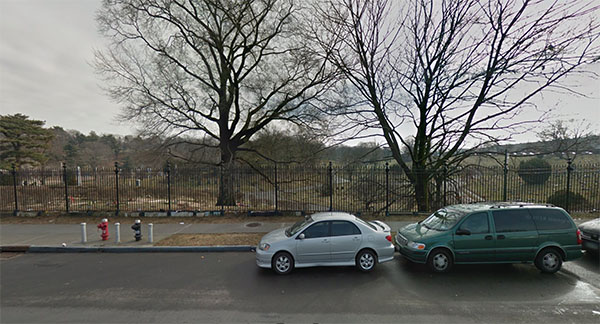
RED LION INN
The Battle of Brooklyn began very late on August 26. As a British column under Major General James Grant was marching north on the Shore/Gowanus Road, men started foraging in a watermelon patch at the Red Lion Inn, which stood at the junction of three roads—today, 35th Street and Fourth Avenue in Sunset Park, perhaps at a spot just inside the fence at Green-Wood Cemetery. American pickets stationed there started firing, waking two rebel colonels. The officers rushed to the scene. Finding the Americans in retreat, the colonels organized them into a fighting line and called for reinforcements. The British also reinforced. By dawn on Tuesday, August 27, the skirmish had exploded into a major battle.
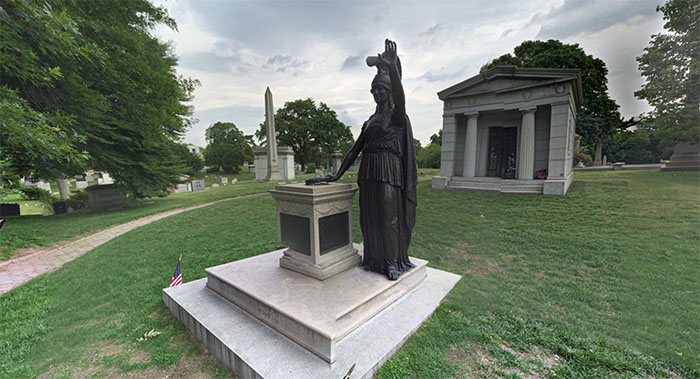
BATTLE HILL
On Tuesday, August 27, American and British troops struggled to control the highest ground in Brooklyn—a 220-foot rise now part of Green-Wood Cemetery. “Battle Hill is important because it’s the place where the Americans were able to inflict the most casualties on the British during the Battle of Brooklyn,” says Jeff Richman, the cemetery’s staff historian. Concealed in trees overlooking the battle, American sharpshooters picked off enemy officers, so infuriating the British that they kept townspeople from burying a fallen sniper for days. Eventually, the British surrounded and overwhelmed the Americans, many of whom were buried where they died.
Battle Hill is now the site of the “Altar to Liberty” and a statue of Minerva, Roman goddess of wisdom, positioned to salute the Statue of Liberty across New York Harbor. Brooklyn magnate Charles Higgins, a champion of his neighborhood’s Revolutionary War significance, privately underwrote both monuments in 1920. Commemorators mark the battle’s anniversary on the hill with a parade, flags, re-enactors, cannons and more.
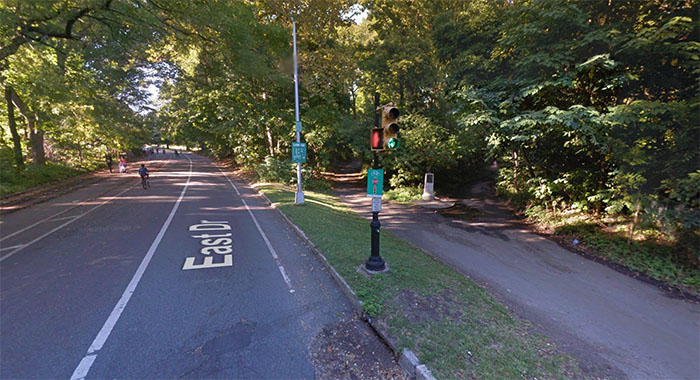
BATTLE PASS
East of Battle Hill and the Red Lion Inn, Americans were guarding a pass on the Flatbush Road, felling a century-old oak to block the way. Hearing of the Shore Road fighting, their commander, General John Sullivan, sent several hundred men west to help, reducing the patriot complement at the pass to fewer than 800 soldiers.
At about 9 a.m., the pass came under pincer attack by Hessians on one flank and Highlanders on the other. Surrounding the defenders, enemy troops bayoneted to death nearly any American who had not fled, including soldiers attempting to surrender. A scant 60 rebels survived, to spend their captivity at hard labor. Authorities preserved Battle Pass, and in the 1850s Frederick Law Olmstead incorporated the pass into his design for Prospect Park. A marker at the site invokes that terrible day.
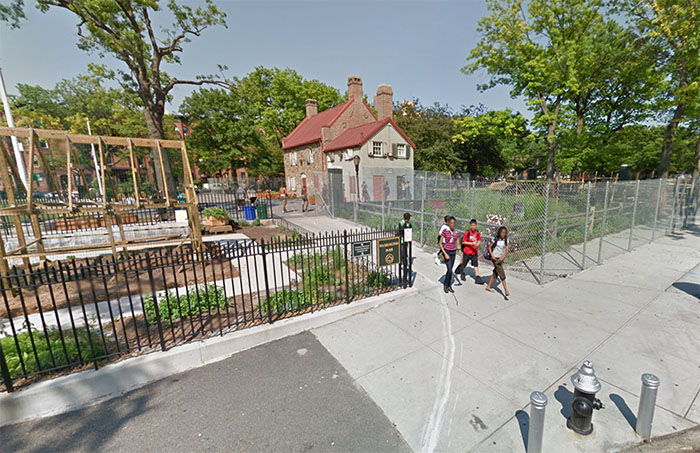
OLD STONE HOUSE
As Tuesday, August 27, bled on, Americans across Brooklyn were losing on every front. Rebel commander General William Alexander, who despite his patriot affiliation proudly called himself by the Scottish title of Lord Stirling, maneuvered to catch the British off guard. Stirling sent most of his troops to safety across Gowanus Creek, a waterway about a mile west of what is now Park Slope and Greenwood Heights. There, Americans had held the line until a tide of British reinforcements rolled over them. In response, Stirling led the 1st Maryland Regiment, known as the “Maryland 400,” to attack the Vechte-Cortelyou House, a sturdy 1699 Dutch farmhouse that the British had occupied earlier that day. Again and again Marylanders charged the British, who poured rifle and cannon fire onto them, killing 256 rebels.
The Vechte-Cortelyou House, aka the Old Stone House, survived, at one time serving as clubhouse for the Brooklyn Superbas baseball team, which became the Dodgers. In 1897, the house burned down, to be recreated, using many original components, in the 1930s. Today, it’s a museum with a permanent interactive exhibit on the battle. The Old Stone House: Witness to War—an Exhibit Exploring the Battle of Brooklyn and the Occupation, 1776-1783 enables visitors to follow their interests in aspects of the war (theoldstonehouse.org/exhibitions).
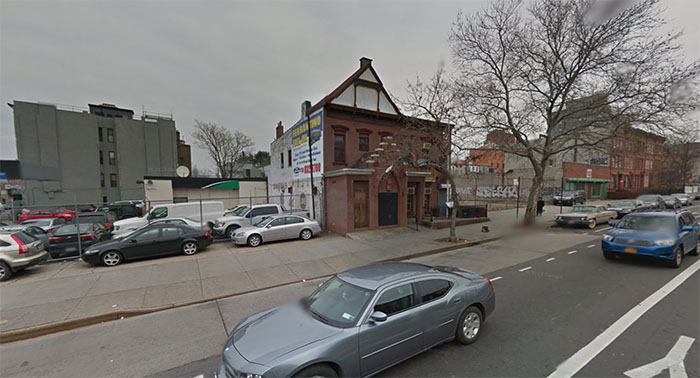
MARYLAND MEN BURIAL PLACE
The 256 Maryland men slain at the Cortelyou house were buried in uniform in a mass grave on what was then a farm belonging to Adrian Van Brunt. In 1897, as that vicinity was becoming urban, the city of Brooklyn installed a stone reading, “Burial place of ye 256 Maryland soldiers who fell in combat at ye Cortelyou House on ye 27th day of August 1776.” In the early 1900s, during a widening of Third Avenue, the marker vanished, reappearing in 2008 when a factory building was demolished.
For years, historians theorized that the Maryland burial site was in Gowanus, somewhere near Third Avenue between Seventh and Ninth Streets. An American Legion post at 193 Ninth St. displays a sign honoring the “Maryland heroes.” In 2012, The New York Times reported that local historian Roger Furman and planner Eymund Diegel, using aerial photos, had pinpointed the gravesite in a vacant lot on Eighth Street, slightly east of where that artery intersects Third Avenue.
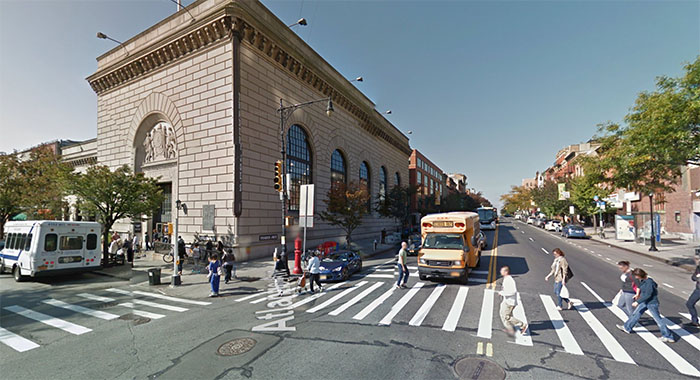
TRADER JOE’S—COBBLE HILL
As the Maryland men were fighting and dying at the stone house, rebel leader George Washington was atop Fort Cobble Hill, aka Ponkiesberg, watching the British ravage his forces.
“Good God,” he exclaimed. “What brave fellows I must this day lose!”
Later, having occupied Brooklyn, the British leveled Ponkiesberg lest the foe again use that prominence as a command post. Today at the Cobble Hill site—the corner of Atlantic Avenue and Court Street—a plaque of Washington on horseback adorns a former bank building repurposed as a grocery store.
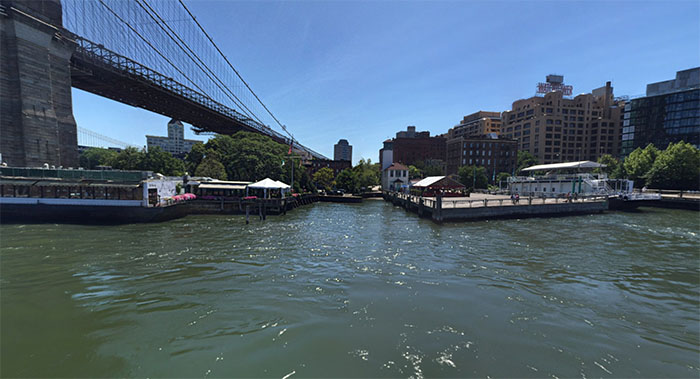
FULTON FERRY LANDING
By Wednesday, August 28, except for minor skirmishes, the battle was over. British General William Howe, perhaps to avoid excessive casualties, decided against a direct assault on American redoubts near the Brooklyn shore of New York Harbor. Most of the surviving Americans made it to these friendly fortifications. At first, Washington resisted the impulse to retreat. But a fierce, unseasonably cold rain further demoralized his exhausted, hungry troops, now short of ammunition and facing a British siege.
On Thursday, August 29, Washington and his generals decided to evacuate. That night, under cover of heavy fog, American troops crept to Brookland Ferry Landing, named for the use to which the spot had been put since the 1600s, when Manhattan was New Amsterdam. Lest the enemy hear them, officers forbade the ranks even to whisper. Men wrapped wagon wheels in cloth to keep them from clattering on the cobblestones. At the landing, a regiment of sailors and fishermen from Massachusetts, led by Colonel John Glover, set about rowing the 1.8 mile round trip across the East River to Manhattan. One impromptu ferryman completed 11 round trips. Washington boarded the last boat, one of 9,000 American soldiers to make a getaway.
Today the Brooklyn landing is named for inventor Robert Fulton, who in 1814 debuted his steam ferry there, with subsequent variations operating until the 1920s. Plans are afoot to revive that service there and elsewhere along the East River. Fulton Ferry Landing has been incorporated into Brooklyn Bridge Park, its Revolutionary role noted on a plaque commemorating the retreat that saved the Continental Army.
—Raanan Geberer, a writer in Brooklyn, New York, edited the Brooklyn Eagle for 20 years.
This story was originally published in the December 2017 issue of American History magazine. Subscribe here.





